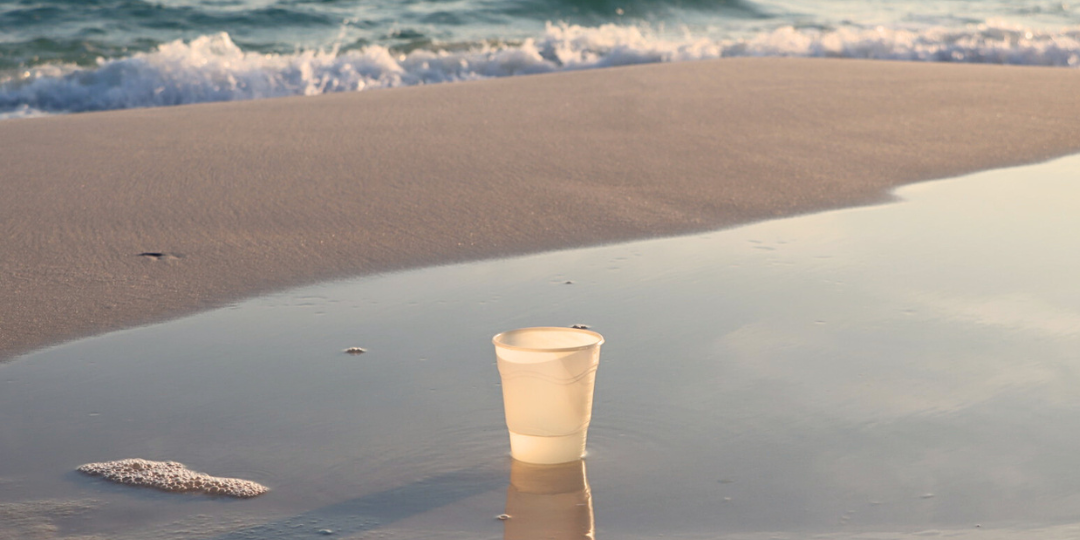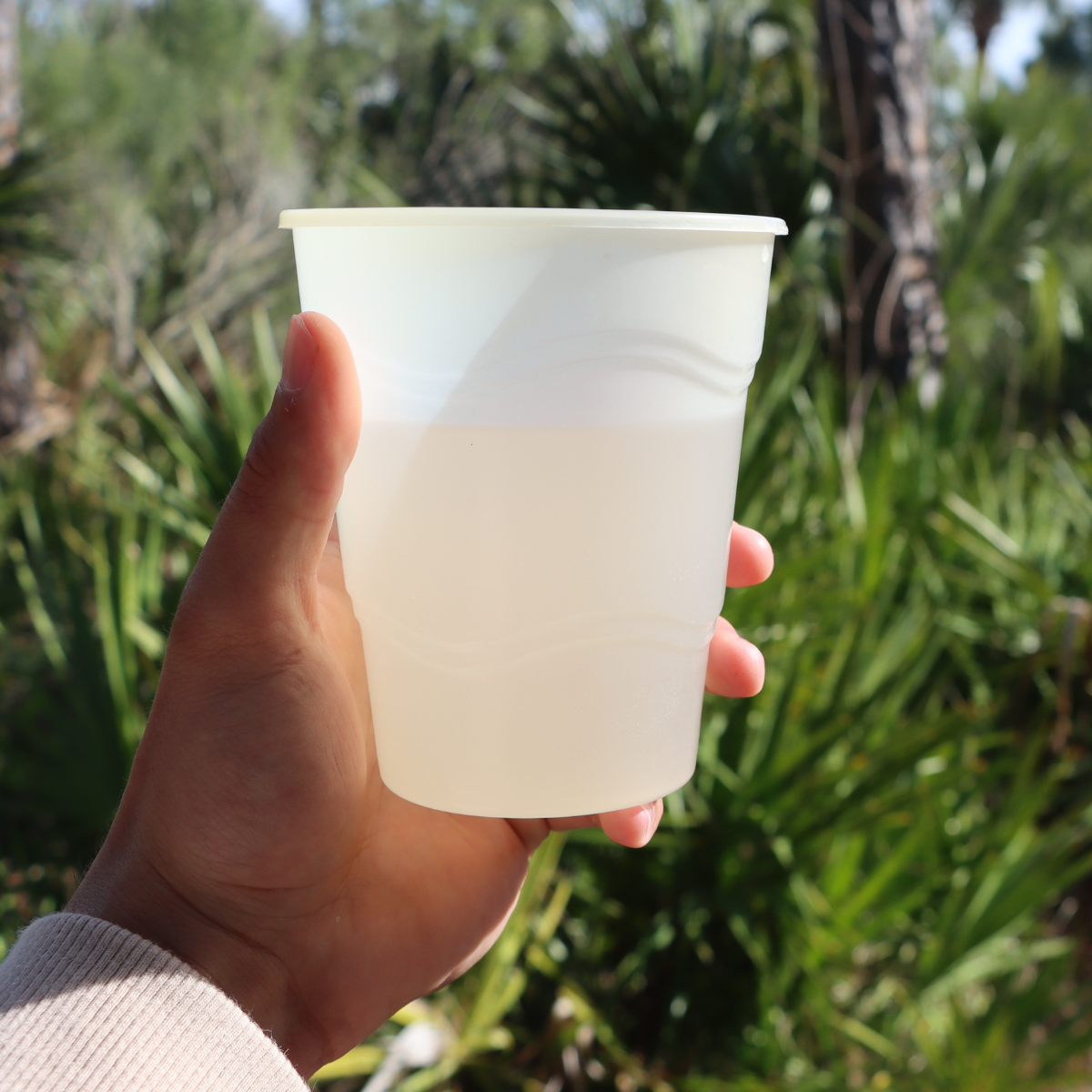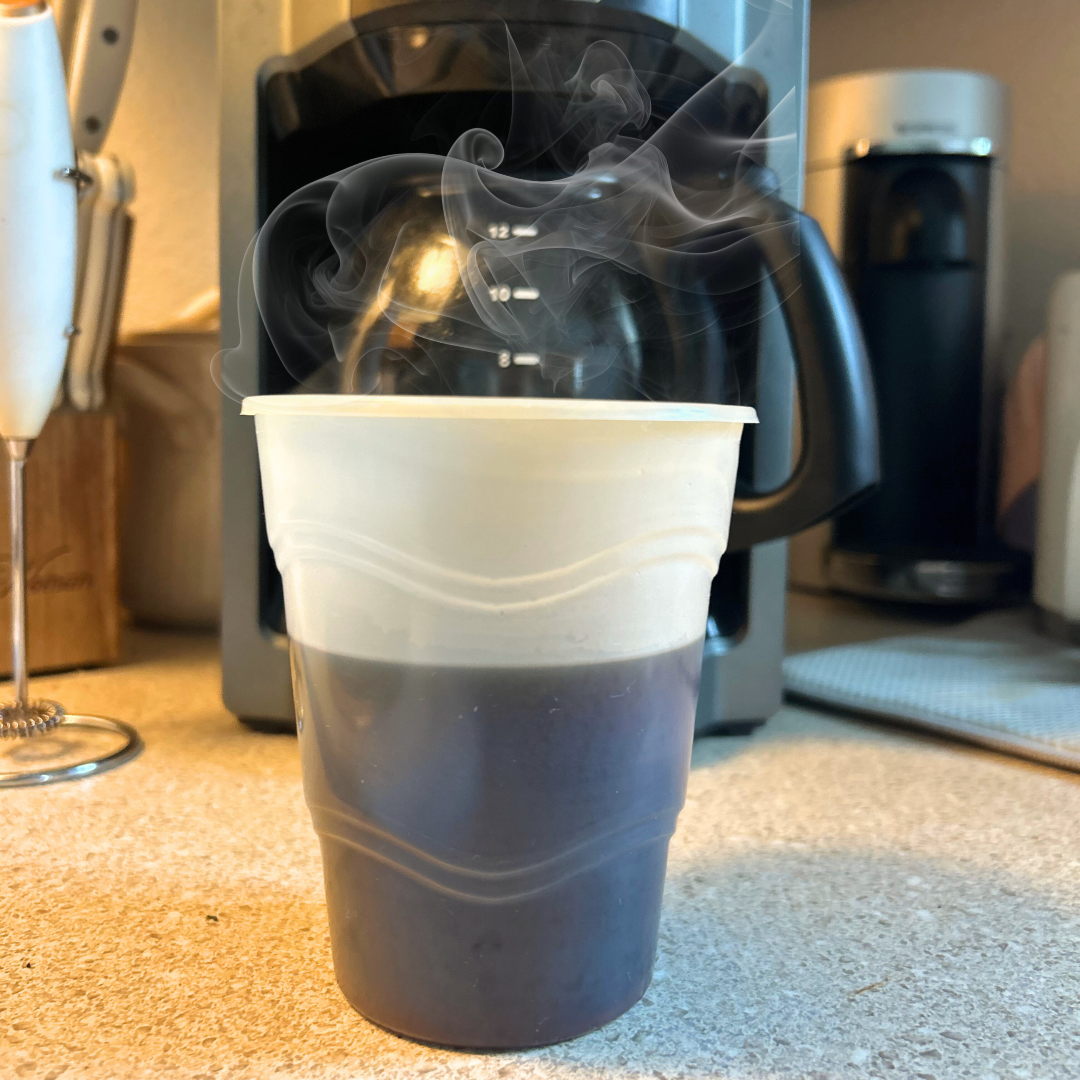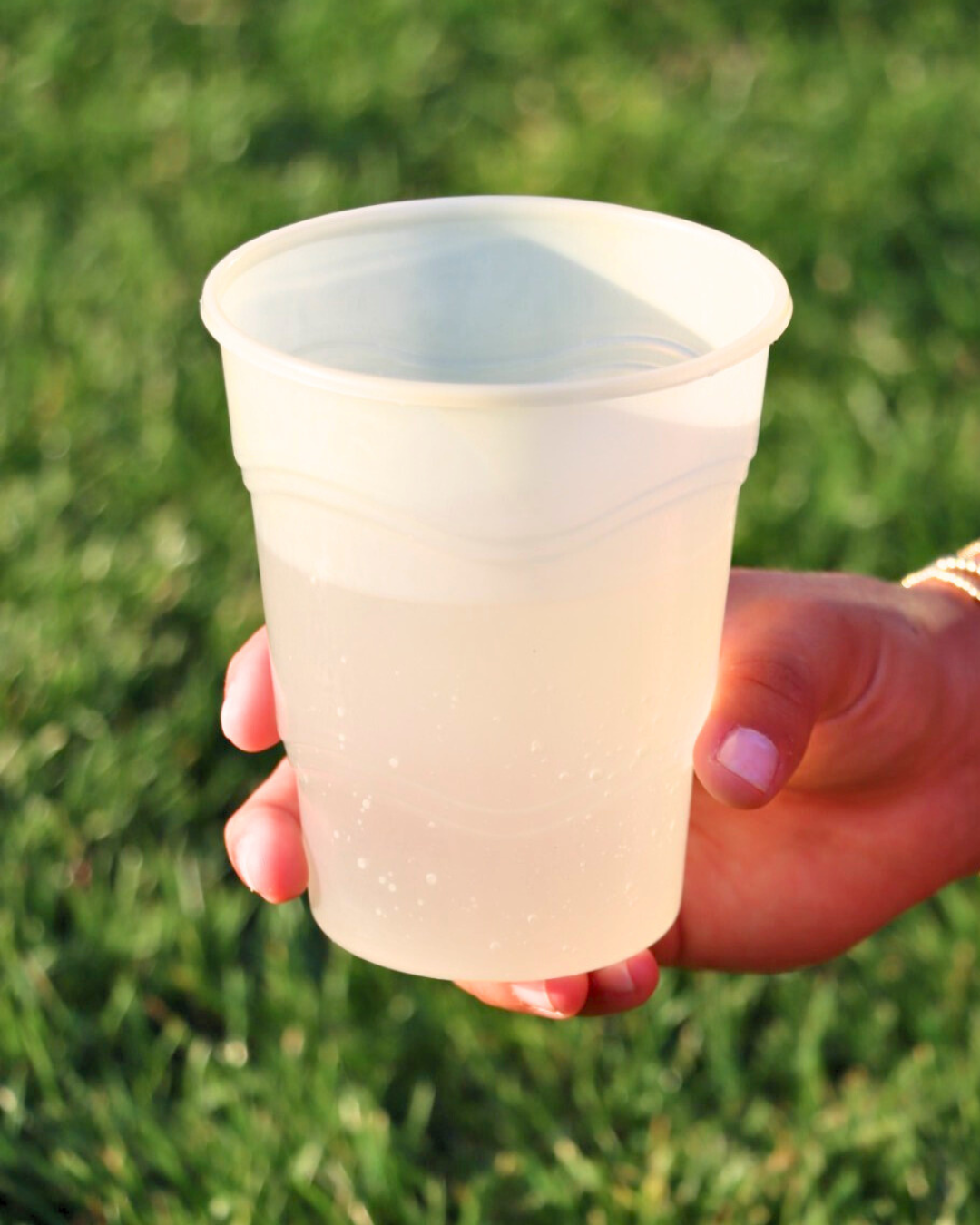

Introducing
the new wave cup
No petroleum. No microplastics. No persistence.
Just plant based, biodegradable PHAs.
why PHA?
Fewer than 10% of single use plastics are ever recycled. Most plastic cups end up in landfills or escape into the environment, where they persist for decades, breaking down into harmful microplastics.
PHA (polyhydroxyalkanoate) is a plant based biopolymer that naturally biodegrades in soil, water, and marine environments, unlike PLA which often requires industrial composting.

high heat tolerance
Unlike other bioplastics like PLA, PHA offers strong heat resistance, making it ideal for warm environments. New Wave Cups hold their shape and performance even under high temperatures, without warping or melting.

made in USA
Most manufacturers produce their cups in foreign countries. We source our materials from local businesses and manufacture our products in Santa Rosa Beach, Florida.
follow new wave on instagram⬇️
FAQs
Why are New Wave Cups yellow?
The yellow tint that characterizes New Wave Cups is the natural color of PHA, the biodegradable biopolymer that we use to make our cups.
We did not want to include any dyes or coloring agents that could affect the biodegradability of New Wave Cups so we kept it as simple and natural as possible!
Are biodegradable plastics more expensive than traditional plastics?
As of right now, biodegradable plastics are more expensive than traditional plastics, but much effort is aimed at producing biodegradable plastics at larger scales to reach economy of scale which will allow pricing to be competitive with current plastics.
Will New Wave Cups start to decompose on shelves?
No, our cups only start to biodegrade once they enter a biotic environment such as a composting facility, home compost, landfill, or the natural environment. The microbes in the biotic environment will mineralize the cups into CO2 and water.
How are New Wave cups different than PLA cups?
PLA cups are only biodegradable in industrial composting facilities. This means that a PLA cup will last for many years in the ocean, soil, or landfill producing microplastics. PHA is biodegradable is soil, water, and marine conditions.
